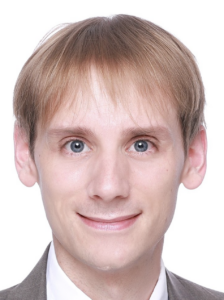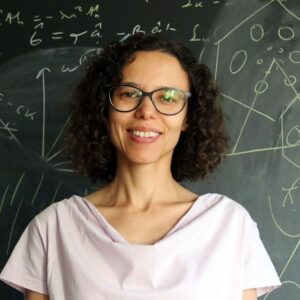Johannes Feist
Department of Theoretical Condensed Matter Physics, Universidad Autonoma de Madrid, Spain
Using cavities to modify material properties
When: 12:00-13:00 CET, May 23th (Thursday), 2024
Where: Seminar Room (182), ICMM-CSIC, Campus de Cantoblanco, Madrid
The use of cavity quantum electrodynamical effects, i.e., of vacuum electromagnetic fields, to modify material properties has rapidly gained popularity and interest in the last decade. A canonical example of this is strong light-matter coupling, reached when the interaction of material excitations with confined light modes overcomes dissipation effects and the two parts hybridize to form mixed light-matter eigenstates, so-called polaritons. These polaritons inherit properties of both light and matter excitations and additionally display fundamentally new phenomena. The large range of possible material systems and cavity architectures opens a rich playground for novel functionalities. In the talk, I will discuss several topics related to this overall field, including the modification and photophysics and photochemistry in organic molecules, some fundamental results and pitfalls for the modification of low-energy excitations, and recent progress on few-mode field quantization in complex nanophotonic structures, i.e., strategies to obtain the construction of cavity-QED-like models for arbitrary cavity geometries and materials.
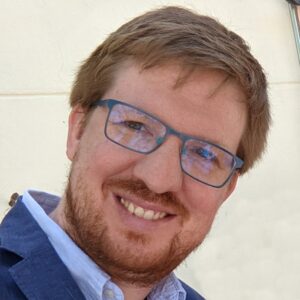
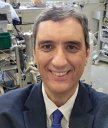
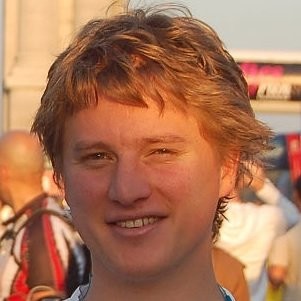
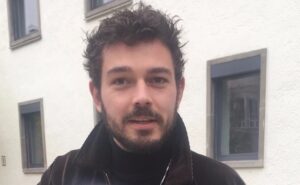 Christopher W. Wächtler
Christopher W. Wächtler 